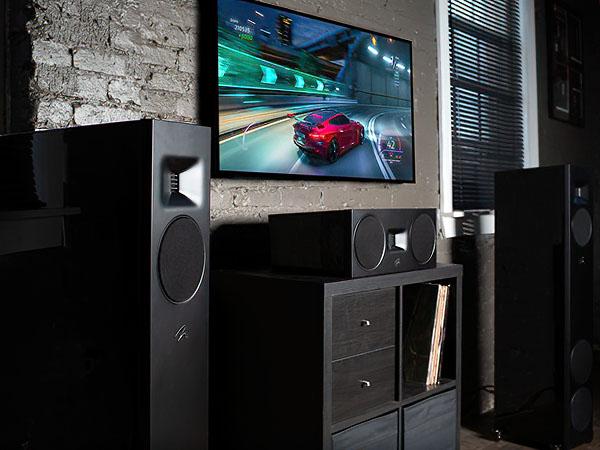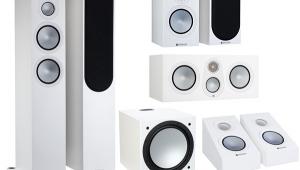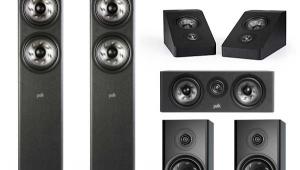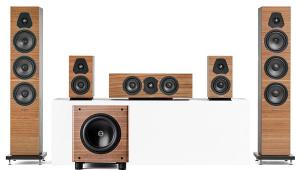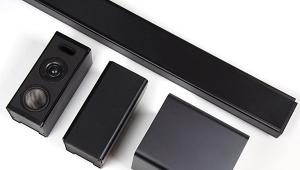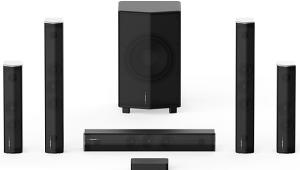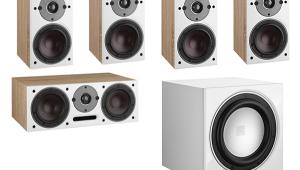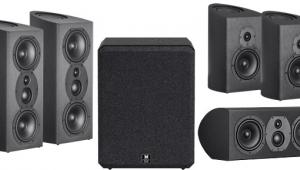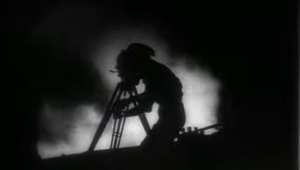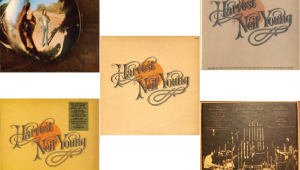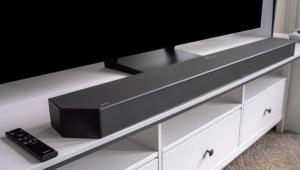While I've certainly appreciated Jim Wilson's reviews in the past, this one seriously makes me question the current health of his hearing. We haven't yet seen measurements of this updated series (alas, Sound and Vision no longer does this), but the previous Motion XTi speakers all had significantly elevated response above 1kHz with poor directivity, resulting in bright, fatiguing sound.
Also, I may have missed it in the review, but not calling out the Force 210 as a poor value at $3,500 is giving M-L a bit too much of a pass. Very poor performance-to-price.
